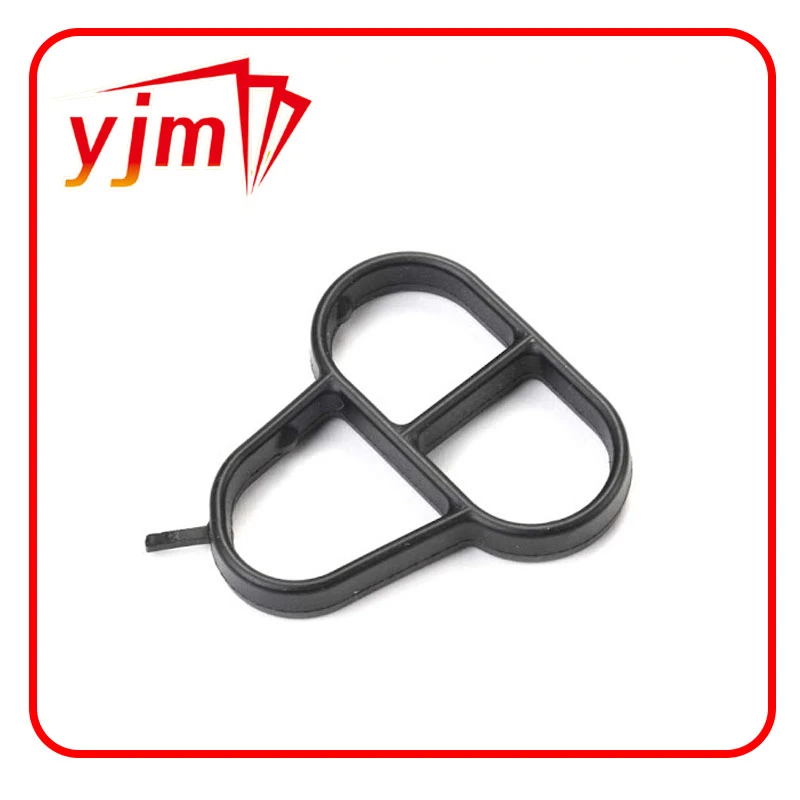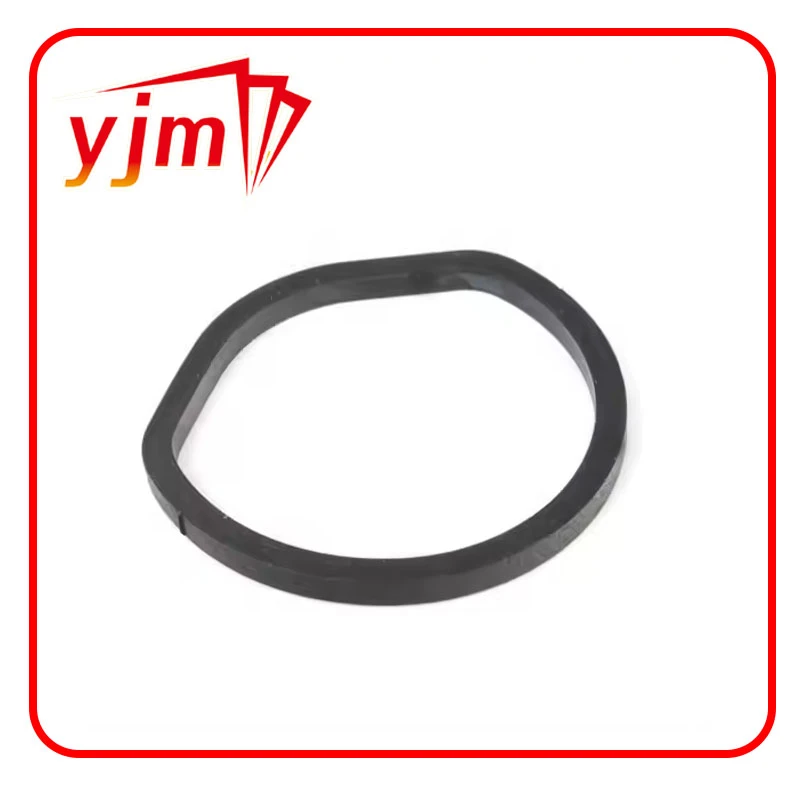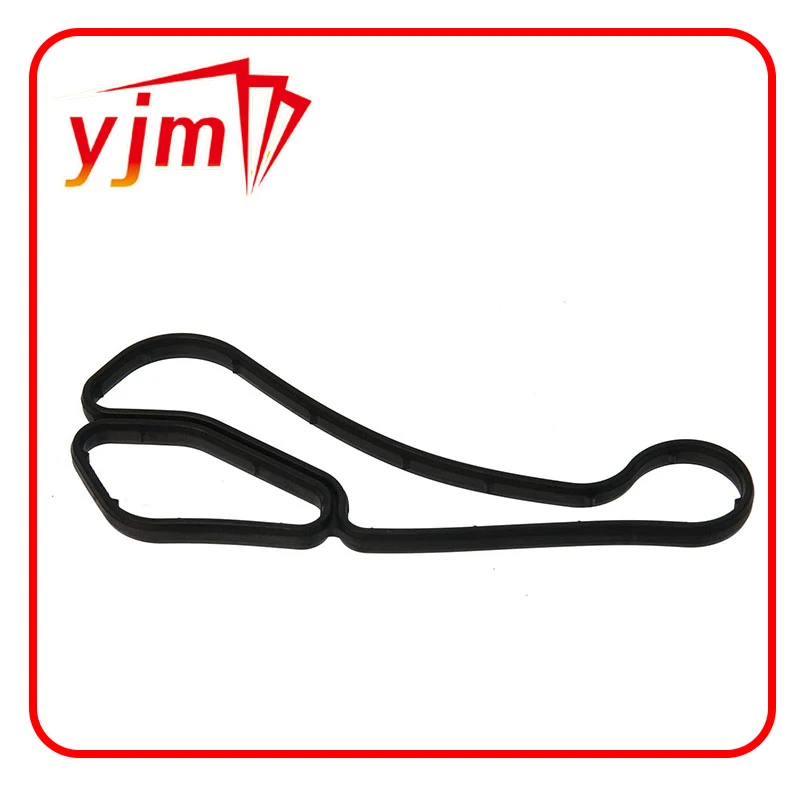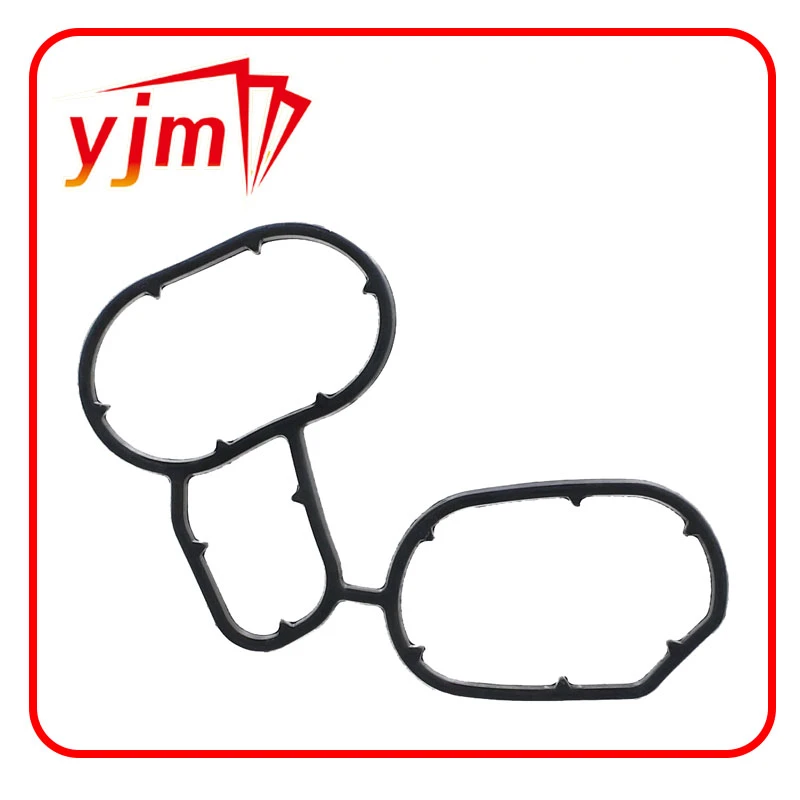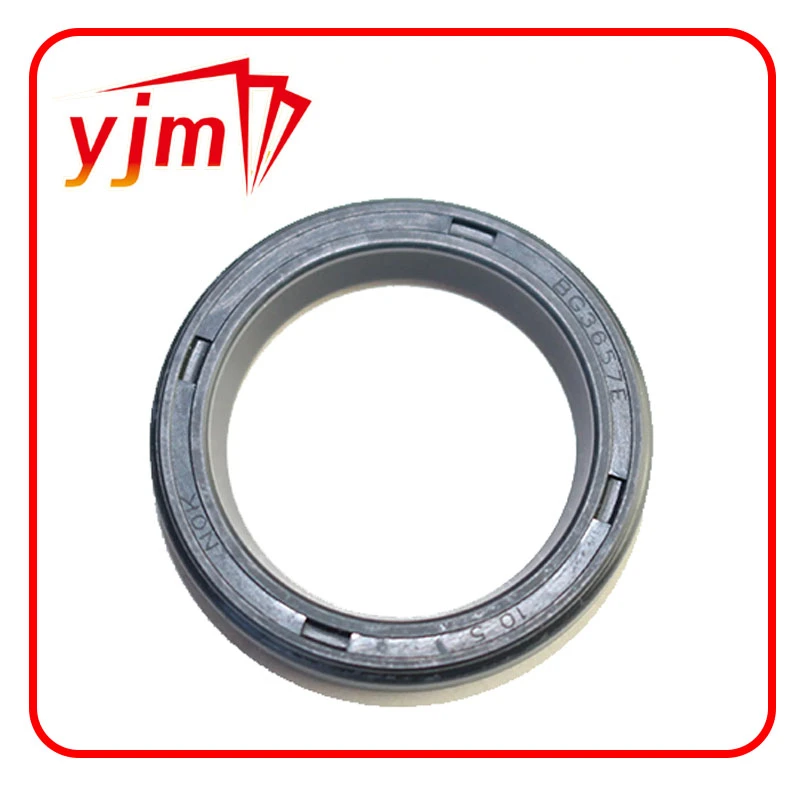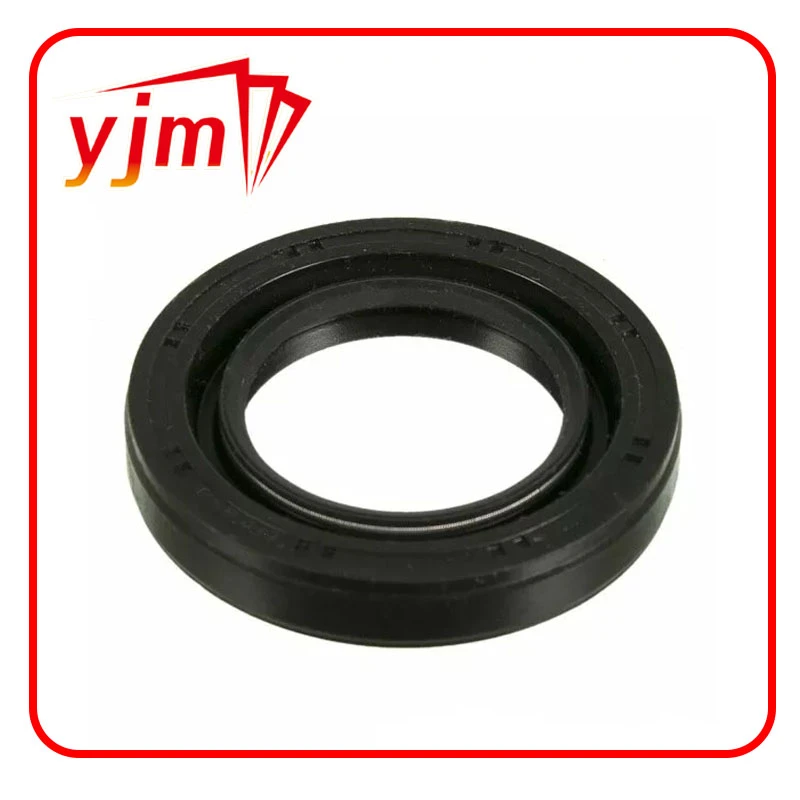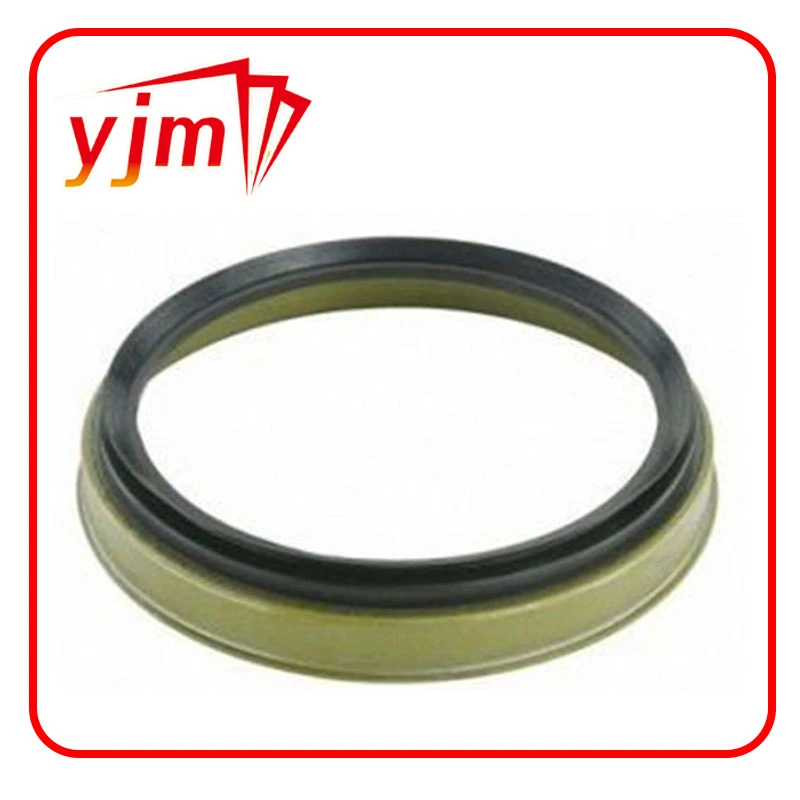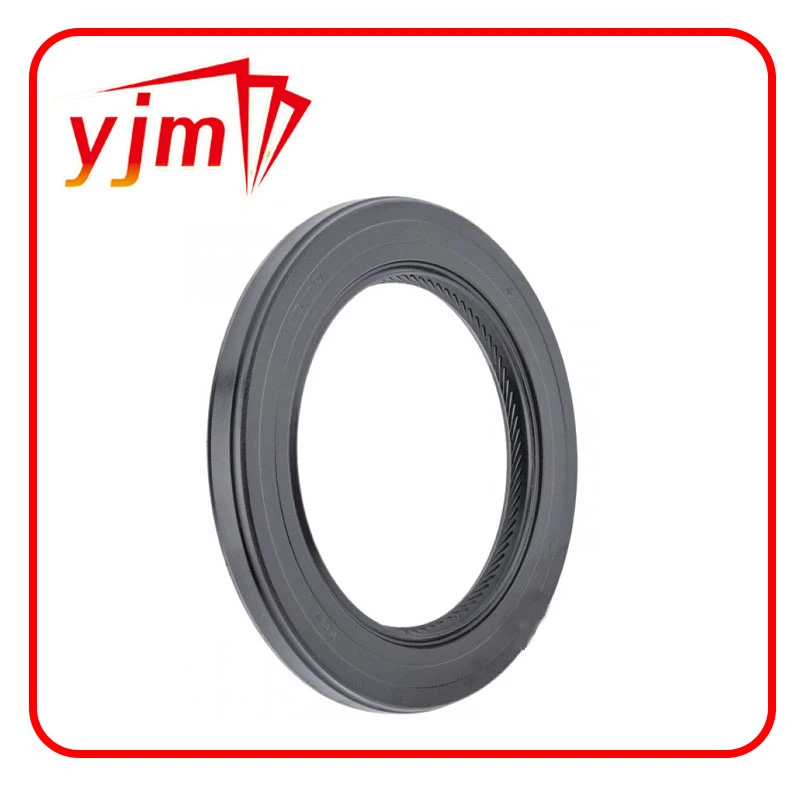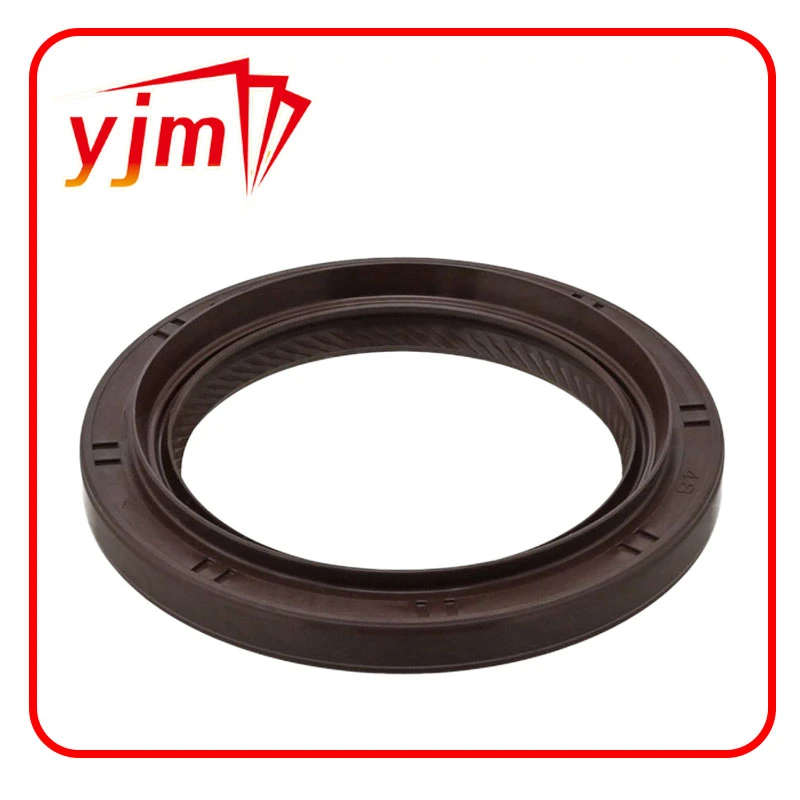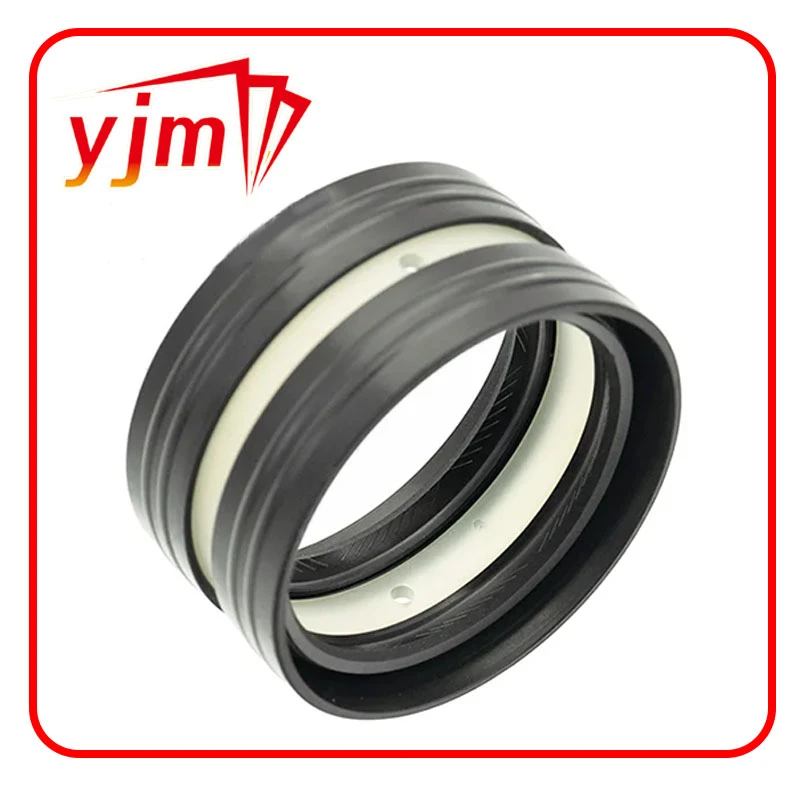Understanding Oil Drain Plugs: Quick, Universal, and Self-Tapping Options for Every Engine
Routine oil changes are one of the most essential—and frequent—vehicle maintenance tasks. A crucial part of that process is the oil plug, the component that seals the oil pan and allows you to drain old oil during a service. While standard drain plugs do the job, innovations like the quick drain oil plug, universal oil drain plug, and self-tapping oil drain plug offer added convenience and solutions to common problems. In this article, we’ll cover the types of oil drain plugs, their advantages, and when each option makes sense.
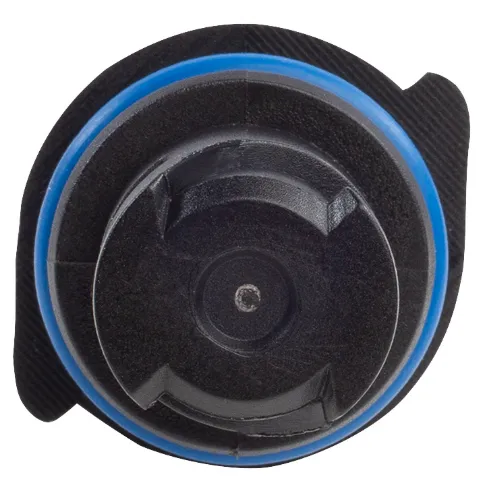
The Standard Oil Plug and Its Function
The oil plug (also known as the oil drain plug) is a small threaded bolt located at the bottom of the engine's oil pan. During an oil change, it's removed to let used engine oil drain into a pan for disposal or recycling. Once the oil is drained, the plug is reinstalled—usually with a new gasket or crush washer—to ensure a leak-free seal.
Most standard oil plugs are made of steel or aluminum and come with a hex or socket head for easy removal. While they work fine in most cases, repeated oil changes or overtightening can cause threads to wear or strip, leading to leaks or the need for more advanced plug solutions.
Quick Drain Oil Plugs: Convenience Without the Mess
A quick drain oil plug is a modern upgrade designed to simplify the oil change process. These plugs replace your standard drain bolt with a valve-based system, allowing you to drain the oil by simply turning a lever or attaching a release hose—no tools required.
Features of a Quick Drain Oil Plug:
One-time installation
Built-in valve mechanism
Leak-proof when closed
Optional hose attachment for clean oil flow
Advantages:
No tools needed: Great for DIYers or fleet managers looking to speed up service times
Mess-free oil changes: Redirect oil flow into a container without splashing
Reduced risk of stripping threads: Once installed, you don’t remove or retighten the plug repeatedly
Quick drain plugs are especially popular among diesel truck owners, motorcycle riders, and anyone who performs frequent oil changes. Brands like Fumoto and ValvoMax offer vehicle-specific and universal options.
Universal Oil Drain Plugs: A Fit-Anywhere Solution
The universal oil drain plug is designed to fit a wide range of engines or oil pans. These are typically used when the original drain plug is lost, stripped, or no longer available.
Key Features of a Universal Oil Drain Plug:
Comes in adjustable or oversized designs
Can include rubber or metal sealing washers
Threads designed to fit multiple pan types
Benefits of Using a Universal Plug:
Quick solution when original specs are unavailable
Temporary or permanent fix for damaged oil pans
Often used in roadside repairs or by mobile mechanics
While convenient, universal plugs should be chosen carefully. Not all engines tolerate them equally, and improper fitment can lead to oil leaks or pan damage. They work best as an interim solution until OEM-style components can be sourced.
Self-Tapping Oil Drain Plugs: Repair Without a Full Oil Pan Replacement
A stripped or damaged drain plug hole is a nightmare for any vehicle owner or technician. Rather than replacing the entire oil pan—a costly and labor-intensive job—a self-tapping oil drain plug can offer a budget-friendly, effective fix.
What Is a Self-Tapping Oil Drain Plug?
A self-tapping oil drain plug has specially designed threads that cut into the damaged drain hole as it’s installed, essentially re-threading the hole and creating a tight, leak-resistant fit.
Why Use a Self-Tapping Plug?
Restores damaged threads in steel or aluminum pans
Saves time and money over full pan replacement
Available in oversized formats for badly worn drain holes
Installation Tips:
Ensure the old threads are clean and free of debris
Use thread sealant or gasket washer as required
Do not overtighten, as this may worsen damage
Self-tapping plugs are a great backup solution to have in any garage, especially when working on older vehicles with worn components.
Final Thoughts: Choosing the Right Oil Plug for Your Needs
The oil plug might seem like a simple part, but choosing the right one can dramatically improve the convenience, safety, and reliability of your oil change process. Whether you’re upgrading to a quick drain oil plug for speed and cleanliness, using a universal oil drain plug for compatibility, or reaching for a self-tapping oil drain plug in a repair emergency, having the right plug makes all the difference.
To recap:
Use a quick drain oil plug for mess-free, tool-free oil changes.
Choose a universal oil drain plug when an OEM replacement isn't available.
Install a self-tapping oil drain plug to repair stripped threads without replacing the oil pan.
Each of these plugs addresses a specific problem or need. Understanding when and how to use them gives you a real advantage in engine maintenance—whether you’re a seasoned technician or a weekend DIYer.
-
Seal 12x20x5: Precision Radial Shaft Seals for Industrial Reliability
Notizia Nov.24,2025
-
Seal 12x18x5: Essential Guide to Specifications, Applications & Vendors
Notizia Nov.24,2025
-
Understanding Seal 12 20 5: Applications, Specifications & Industry Insights
Notizia Nov.23,2025
-
Durable Oil Seal 85x110x12 – Reliable Sealing Solutions for Industry
Notizia Nov.23,2025
-
Durable and Precise Oil Seal 75x95x10 for Efficient Machinery | YJM Seal
Notizia Nov.22,2025
-
Durable Oil Seal 75x100x10 for Reliable Industrial Performance | YJM Seal
Notizia Nov.22,2025
-
High-Quality Oil Seal 65x90x10 | Durable & Reliable Sealing Solutions
Notizia Nov.22,2025
Categorie di prodotti

